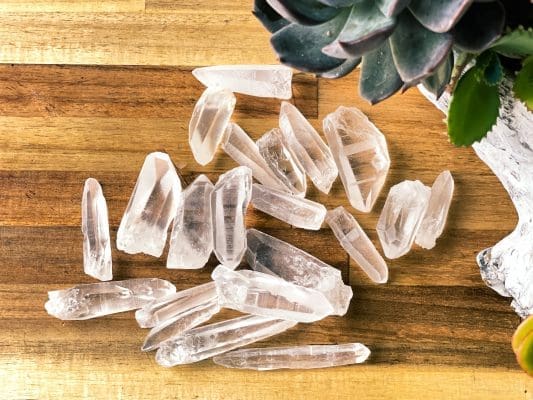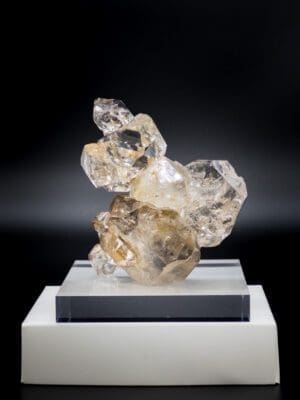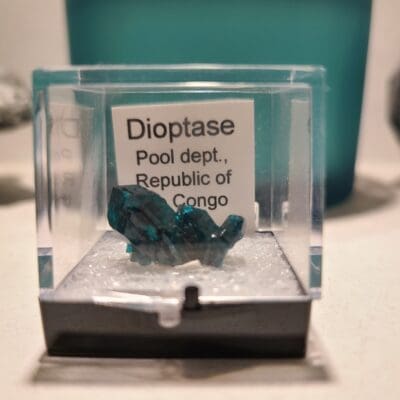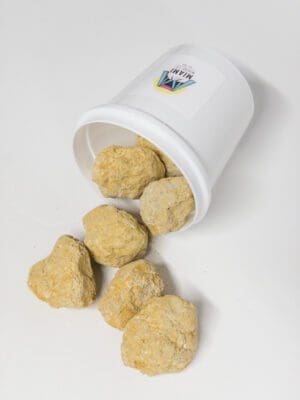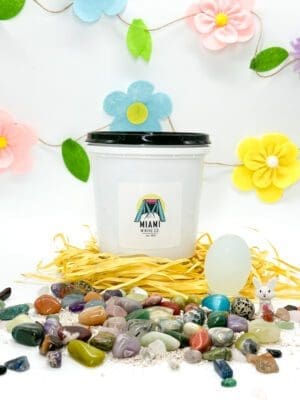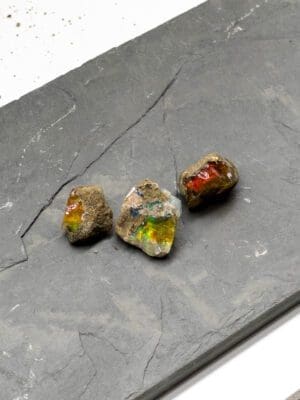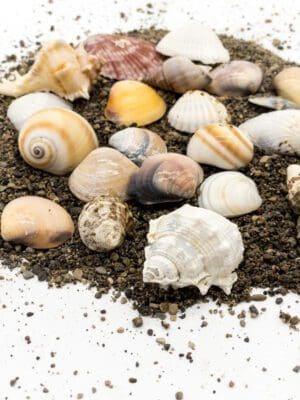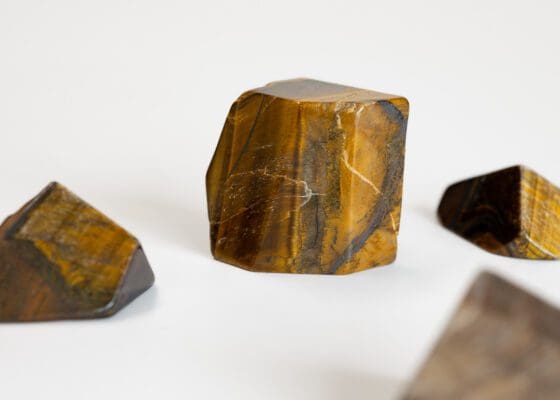Monthly Archives: March 2023
Herkimer Diamond Collecting: Answering the Top 20 Questions About this Unique Quartz Crystal
Herkimer Diamond has gained popularity in recent years. Top 20 questions asked by crystal collectors [...]
1 Comment
Mar
Dioptase Crystal: Answering Your Questions about this Expensive, Rare, and Fragile Mineral
What is dioptase good for? For crystal, rock, and mineral collectors, dioptase is an excellent [...]
Mar
The Tucson Gem & Mineral Show: A History of Its Founding, Growth, and Future
The Tucson Gem & Mineral Show is a highly anticipated event in the crystal collecting [...]
Mar
- 1
- 2

